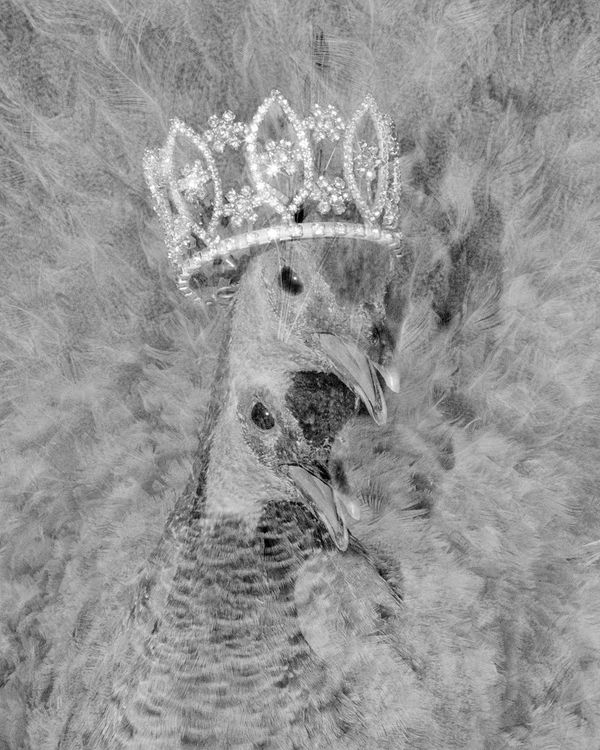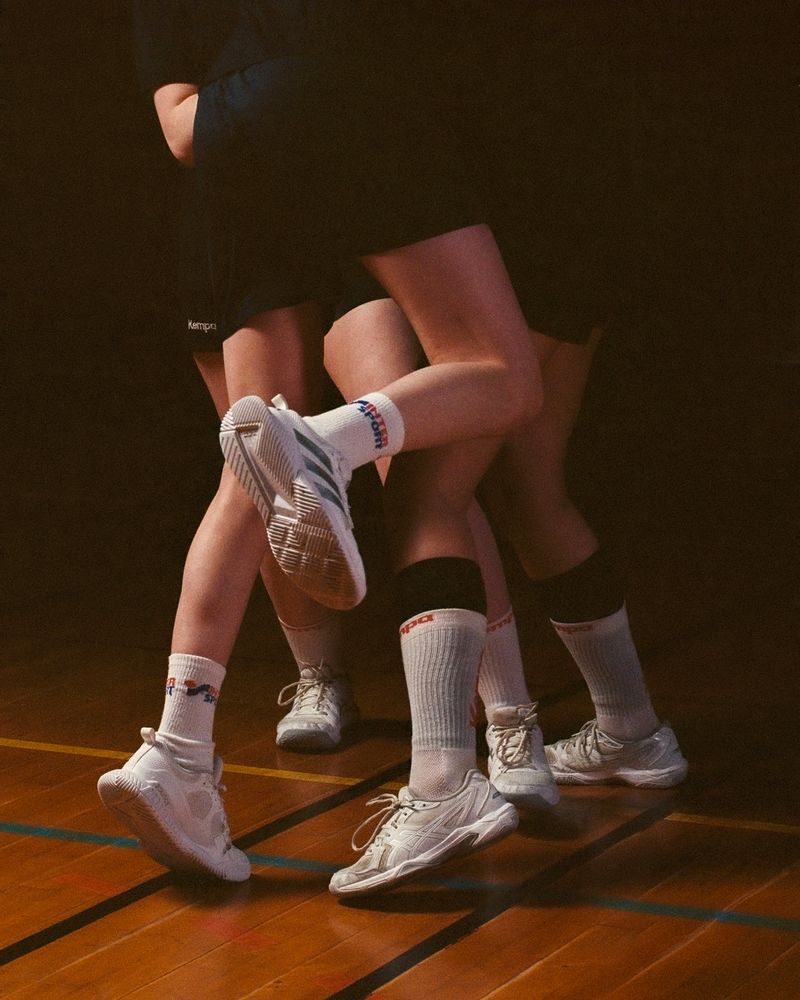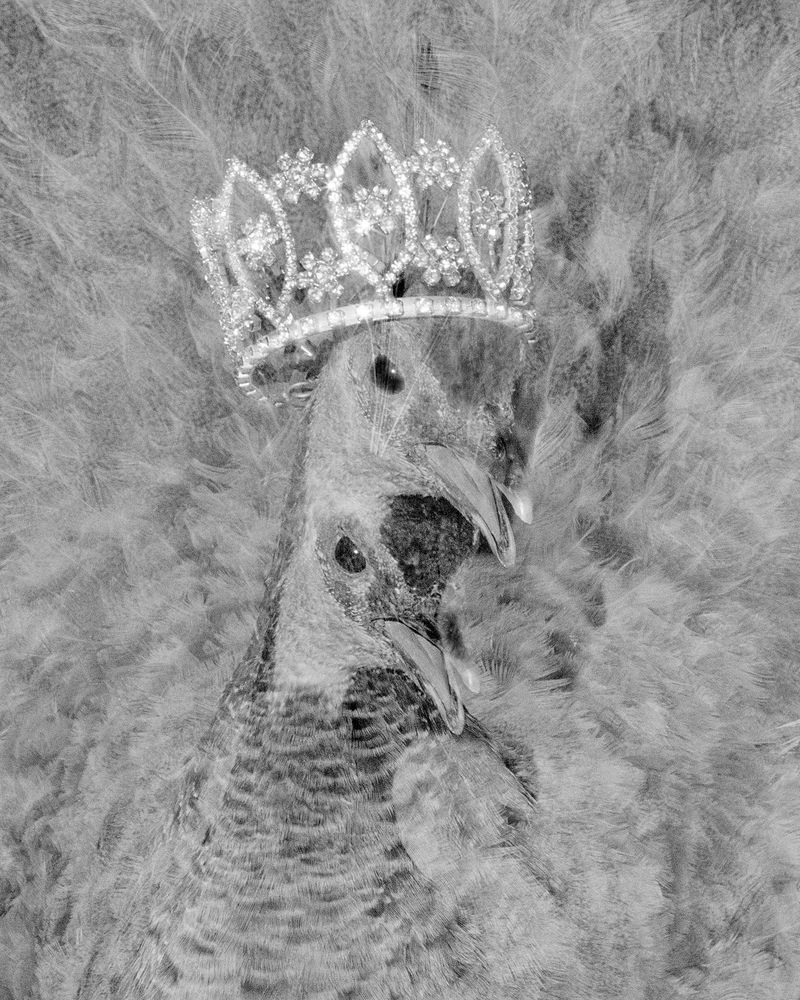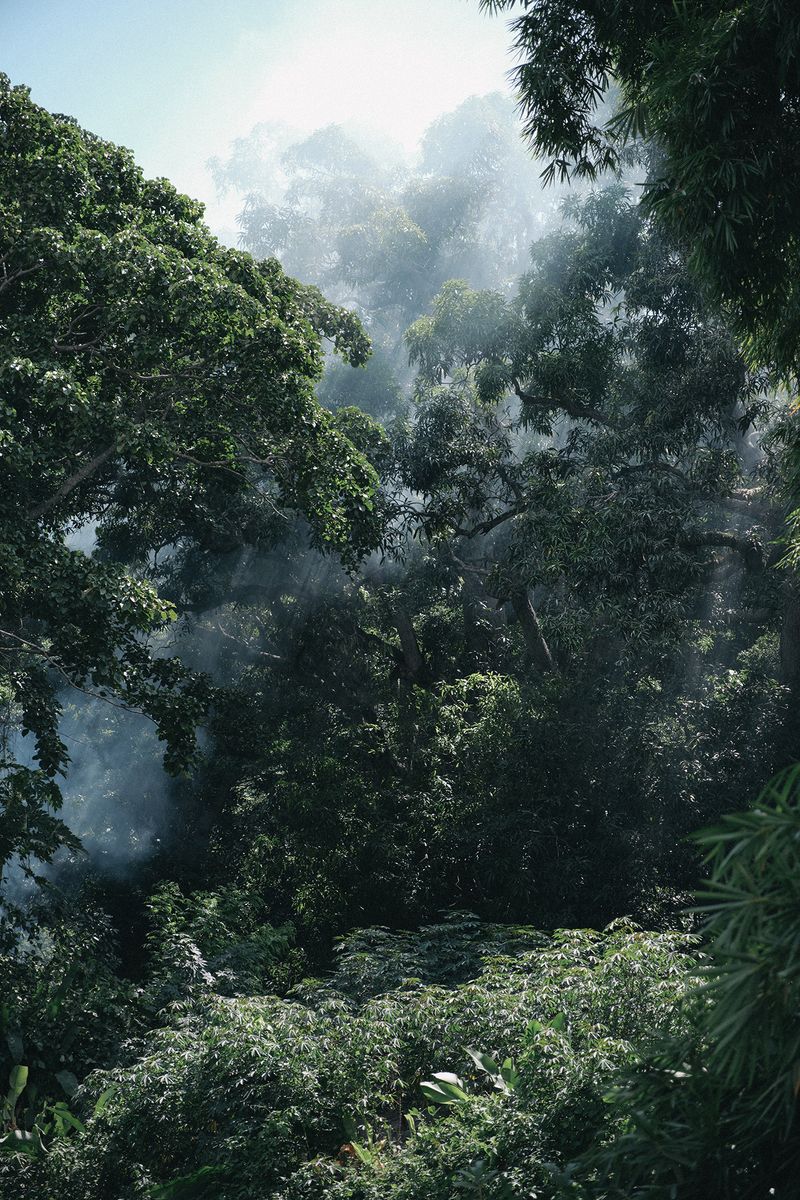Tips And Mistakes To Avoid When Applying To A Photography Grant
-
Published9 Sep 2025
-
Author
- Topics Awards
Having organized grants since 2013, we have noticed best practices and recurring issues that often affect applications. Check them out and keep these suggestions in mind when it comes to preparing your next submission. Details always make the difference.
Even if we delegate the responsibility of awarding the prizes of our grants program to independent juries, our team always reviews all of the applications for editorial purposes. As the deadlines of the PhMuseum 2025 Women Photographers Grant approach, we updated our list of recommendations to improve your submission. Check them out:
1. Select a Strong Cover Picture
A photography project must be considered as a whole and read as a connected sequence of images conveying a clear narrative. Nevertheless, what gives the first impression of your work is the cover image. Think about something that will catch the judges' attention and will help them remember your project among the many submissions they have to go through. It might be something that represents your project, is visually impacting, or perhaps refers to the title.
2. When it Comes to the Edit, Less is (Often) More
Especially if you are applying with new ongoing work, the excitement of showing new images can sometimes lead to an overloaded edit. Although the limit is set to 20 images, a grant is not the right place to improvise and submit pictures that you are not sure about, just for the sake of showing more material. Through the years we have seen many promising projects that were made weaker by their final edit. If you are unsure about yours, consider asking someone you trust in helping you finalise your selection before applying. You can even consider booking a 30-min or 60-min review with an expert from our Education program - it will be a good investment to develop your project, and it will help you define a powerful edit for grants and prizes in the coming months, too. Don't commit the mistake of adding too many “filler” images as this will undervalue your entry. Remember: on this occasion, less is more.
3. A Good Contextual Statement
The project statement is an essential part of your submission. When well written, it shows self-confidence and proves that you own your creative work. This will help the judges to engage with it and understand your perspective. You want to be clear, accurate and synthetic. We recommend keeping it within 300 to 500 words, dividing the text into clear paragraphs, and starting with a strong introduction. Also consider that the use of English will make your entry easily accessible to all judges. Having a second pair of eyes that proofreads your statement always help. You could also try a free app like Grammarly. Lastly, you can choose whether to use captions or not. If you decide to go for it, we recommend being organised and keeping a consistent format. Using captions well is a smart way to show the extra time and care you took in applying.
4. A Fluent Sequence
The way you sequence images will affect what you are trying to express. A strong sequence might make the difference and really get the judges into your project. It’s a personal process, different for every work: there isn’t any wrong or right way to it. It’s about rhythm and flow, a bit like composing music. A way to start could be by selecting the strongest 2 to 4 images and deciding where you want to place them. Work on it according to the subject, to your personal style, and use some dose of instinct. It might also be the right time to check your whole edit with experienced friends or colleagues.
5. The Right Title
Remember what we said about the cover picture? The title has the same function; it should be inviting and on point. When presenting your work, you want to make it stand out among the others. So spend some time thinking of a good, coherent title. Be bold but not pretentious, think simple but don't be banal.
6. Do Not Include Two Works In The Same Submission
If you wish to apply with two or more projects, we strongly advise creating two distinctive entries. Including two or more works in the same submission will generate confusion among the judges and likely undervalue your work. One consistent project is better than two rushed ones.
7. Budget Your Time Wisely
A good application is often well-planned. Start the process early. You can set aside specific blocks of time to work on each part of the application and dedicate more time to the aspects needing more attention. By creating a realistic timeline, you'll avoid the stress of last-minute scrambles and be able to put your best foot forward.
8. Do Not Wait For The Deadline
Applying for a grant takes time and you don’t want to leave it to the last minute. Furthermore, when trying to submit, there might be too many users connected, implying a slow or unreliable connection; you might experience technical issues or simply have questions for the organisers, yet not enough time for them to get back to you. You might simply miss it. There are many reasons to prepare your application in advance, especially if you ask for other people’s help. Avoid waiting until the very last moment, it might impact the quality of your submission.
9. Details, Details, Details
Make a list of all the points above and ask yourself if everything is in order. Carefully read the guidelines, take extra time in finalising the edit and always proofread what you have written. Details always make the difference, especially at the very last stage of selection, when the judges need to decide on a winner among works that are on similar levels. Little details can mark the line between an applicant and a shortlisted photographer; between a shortlisted photographer and a prize-winner. Before clicking "submit", take a few minutes to double-check everything once more.
10. Research Past Prize Recipients
Before applying, take some time to look at the work previously acknowledged by the organization. Don’t focus only on the main prizes—understand the range of projects recognized and the qualities that stood out. This will help you position your work thoughtfully.
11. Learn More About The Jury Members
Study the jury members bio and work. Consider if there’s someone specific who you might work with, or that might be interested in your area of research or visual approach. Applying isn’t just for winning; it’s a chance to share your work, receive feedback, and build connections for future opportunities.
12. Talk About What You Care About
Works that stand out are often those in which the photographer's passion and knowledge of a certain issue are deep and genuine. If you care for the subject of your storytelling, it will be easier for you to focus, express your authorship and eventually communicate something to an audience or a panel of judges. Don't forget who you are, what you are passionate about and what really matters for you.
--------------
Extras:
Submission Guidelines / File size, number of images, personal info such as your age to be considered for the New Generation Prize, etc... Please read and follow the guidelines which are there to help you present a well-crafted application in front of the judges.
Copyrights / Watermarks are not required and can sometimes look unprofessional to the eyes of the judges.
Post Production / Unless it’s essential to express your project’s idea, don't over-process images.
Video / If your work consists of a multimedia project, you can include links to videos in the text box.
--------------
The PhMuseum 2025 Women Photographers Grant is currently open for submissions. The initiative is designed to support the production and promotion of visual projects through cash prizes, exhibitions at international festivals, educational activities and exposure on online media.
To learn more and apply, visit phmuseum.com/w25.
Early Bird Deadline: 12 September
Regular Deadline: 2 October






